Yangjaecheon Ecological Park (양재천 생태공원)
6.9Km 2017-12-23
Baumoe-ro 12-gil, Seocho-gu, Seoul
Yangjaecheon was originally the first tributary to the Hangang River, but, it became an artificial river as a result of the Hangang River Coastal Development Project and some other changes by surrounding developments.
Haengun Donkkaseu (행운돈까스)
6.9Km 2021-03-30
2, Majo-ro 1-gil, Seongdong-gu, Seoul
+82-2-2296-3406
It's near the university, so it's a place frequented by many young people. The best menu at this restaurant is pork cutlet with cheese. This Korean dishes restaurant is located in Seongdong-gu, Seoul.
Seoul Gwanmunsa Temple (관문사(서울))
6.9Km 2021-06-01
111, Baumoe-ro 7-gil, Seocho-gu, Seoul
+82-2-3460-5300
Located at the foot of Umyeonsan Mountain in Seocho-gu, Seoul, Gwanmunsa Temple had its ground-breaking ceremony in 1993 and construction was completed in October 1998.
The temple site has a total area of 22,148.76 ㎡ with seven ground levels and four basement levels. The temple was constructed with a mixture of modern and traditional Buddhist architectural designs. Inside the temple, cutting-edge facilities are used for various cultural events, conferences, and sacred ceremonies.
Neighbored by Cheonggyesan Mountain, Umyeonsan Mountain, and Yangjaecheon Stream, the temple is located near many natural spots visitors can enjoy. In particular, Umyeonsan Mountain (alt. 293 m), where Gwanmunsa Temple is located, gets its name for its shape resembling a cow lying down. Designated as a city park and managed by Seoul Metropolitan Government, Umyeonsan Mountain has several valleys with clear spring waters and a dense forest inhabited by diverse animals and plants.
Olive Young - Dapsimni Station Branch [Tax Refund Shop] (올리브영 답십리역점)
6.9Km 2024-06-27
1F, #103, 81, Gomisul-ro, Dongdaemun-gu, Seoul
-
Gamagol (가마골)
6.9Km 2021-03-26
63, Godeok-ro 38-gil, Gangdong-gu, Seoul
+82-2-3426-6460
It is famous for Samgyeopsal (pork belly) grilled on the lid of the pot. This Korean dishes restaurant is located in Gangdong-gu, Seoul. The most famous menu is grilled pork belly.
Salgoji Sports Park (살곶이 체육공원)
6.9Km 2024-03-20
16-18 Sageundong-gil, Seongdong-gu, Seoul
Salgoji Sports Park is located along the Joongnangcheon Riverside near Hanyang University. Its name "Salgoji" holds deep historical significance, meaning "the place where an arrow is shot" in Korean. The park features facilities such as an inline skating rink, soccer field, basketball court, and badminton court. There are dedicated bicycle paths and pedestrian walkways around the park. Throughout the year, walking festivals and mini marathons are organized, making it a beloved spot among cyclists. In the summer, an outdoor water playground is operated.
Olive Young - Hanyang Univ. Branch [Tax Refund Shop] (올리브영 한양대)
6.9Km 2024-04-17
11, Majo-ro, Seongdong-gu, Seoul
-
Amsa-dong Prehistoric Site Museum (암사동선사유적박물관)
7.0Km 2023-12-22
875 Olympic-ro, Gangdong-gu, Seoul
The archaeological sites in Amsa-dong, Seoul, were a collective settlement where people lived during the Neolithic Age about 6,000 years ago and became known to the world after the sand dunes along the Hangang River caved in during the great flood of 1925, exposing numerous pieces of comb-patterned pottery. The area designated as a historic site in 1979, and excavation of the site took place from 1981 to 1988. The cultural heritage protection area was expanded to a total area of 78,133㎡. Currently, nine Neolithic dugout huts and one experiential dugout hut have been restored. The exhibitions currently open to the public are Exhibition Hall 1, which displays a restoration of a Neolithic Age dugout, and Exhibition Hall 2, which displays various panels and models to help understand the prehistoric era as a whole.
Look Optical - Hanyang Univ. Branch [Tax Refund Shop] (룩옵티컬 한양대)
7.0Km 2024-04-17
1F, 17, Majo-ro, Seongdong-gu, Seoul
-
Olens - Hanyang Univ. Branch [Tax Refund Shop] (오렌즈 한양대)
7.0Km 2024-04-18
1F, #3, 4, Sageundong-gil, Seongdong-gu, Seoul
-
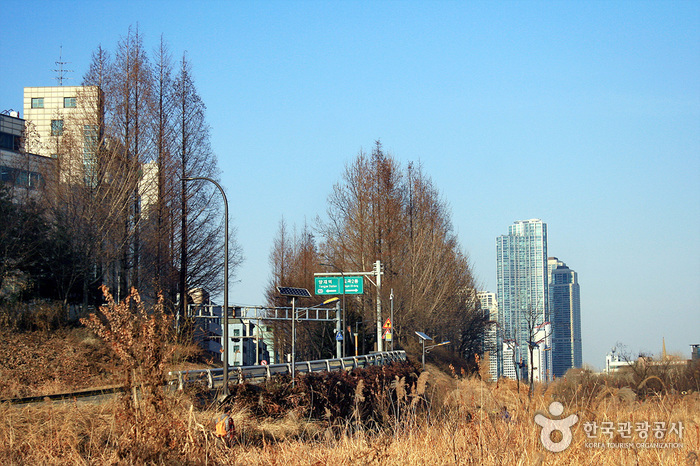
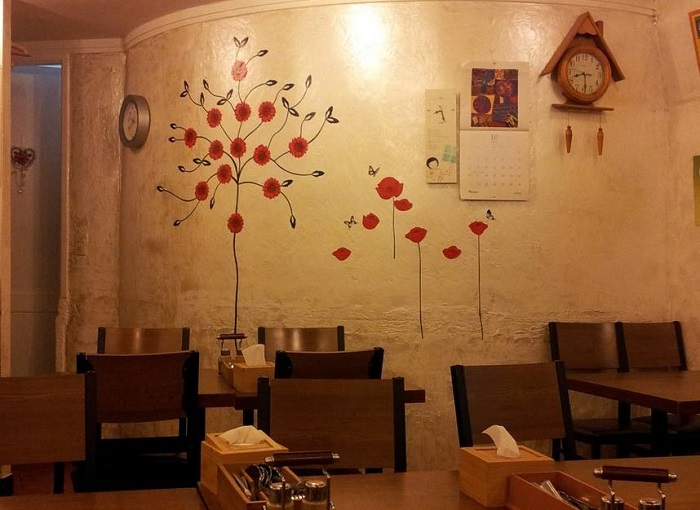
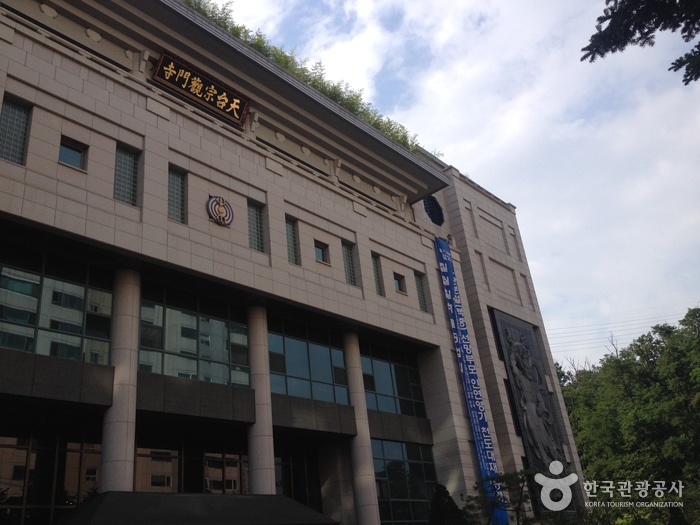

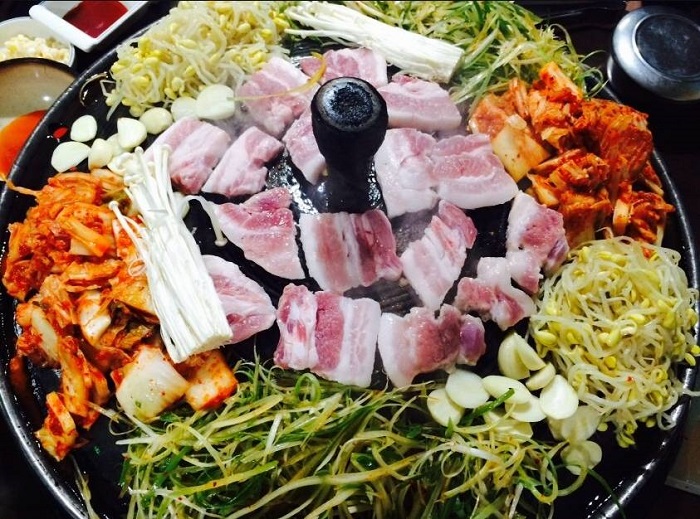
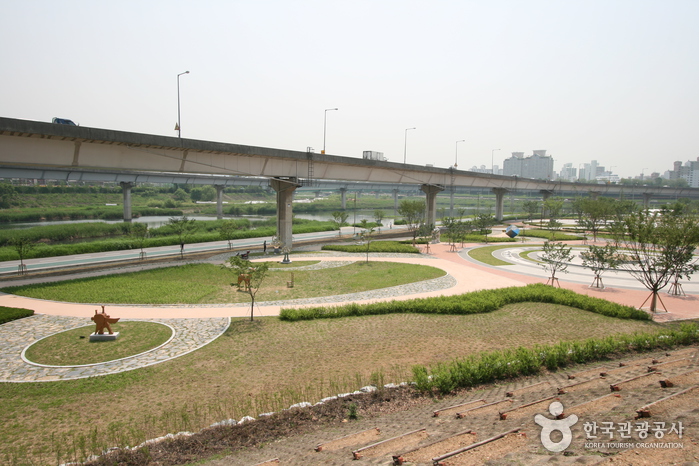
![Olive Young - Hanyang Univ. Branch [Tax Refund Shop] (올리브영 한양대)](http://tong.visitkorea.or.kr/cms/resource/72/2878772_image2_1.jpg)
![Look Optical - Hanyang Univ. Branch [Tax Refund Shop] (룩옵티컬 한양대)](http://tong.visitkorea.or.kr/cms/resource/74/2878774_image2_1.jpg)
![Olens - Hanyang Univ. Branch [Tax Refund Shop] (오렌즈 한양대)](http://tong.visitkorea.or.kr/cms/resource/80/2878780_image2_1.jpg)
 English
English
 한국어
한국어 日本語
日本語 中文(简体)
中文(简体) Deutsch
Deutsch Français
Français Español
Español Русский
Русский